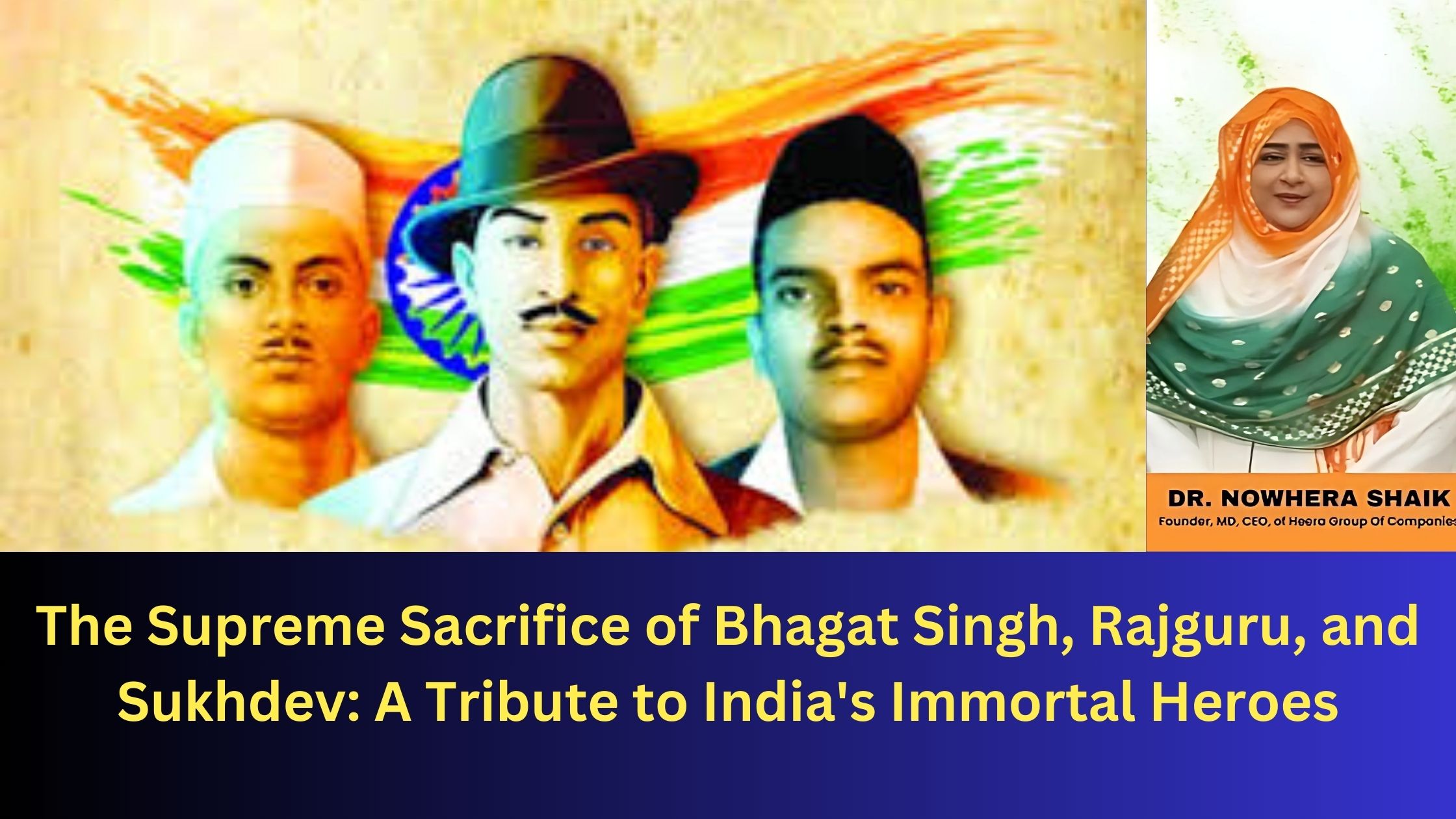- 22july1947
- A Message Dr. Nowhera Shaik
- allindia mahilaempowerment party
- andhrapradesh
- Business
- Congratulatory
- flaghoisting
- heeragroup
- heeragroupceo
- india
- indian president
- indianhistory
- indianindependence
- modi ji
- NATIONAL FLAG ADOPTION DAY
- nationalemblem
- nationalflagadoptionday
- nowhera shaikh
- nowherashaikh
- Politics
- womenempowerment
Celebrating National Flag Adoption Day: The Story of India’s Tricolor/dr.nowhera shaikh

India’s Tricolor: A Symbol of Unity and Independence on National Flag Adoption Day
Introduction {#introduction}
On July 22, 1947, just days before India gained independence from British rule, a momentous decision was made that would shape the nation’s identity for generations to come. This date marks National Flag Adoption Day, commemorating the selection of India’s tricolor flag as the official national symbol. As we reflect on this significant event, it’s essential to understand the historical context and the enduring impact of this choice on the world’s largest democracy.
The Historical Significance of July 22, 1947 {#historical-significance}
The adoption of India’s national flag was a pivotal moment in the country’s journey towards independence. With the British preparing to transfer power, the Constituent Assembly of India convened to make crucial decisions about the nascent nation’s future. Among these was the selection of a flag that would represent India’s aspirations, diversity, and unity.
Key events leading up to Flag Adoption Day:
- India’s independence movement gaining momentum
- Negotiations with the British for transfer of power
- Formation of the Constituent Assembly to draft India’s constitution
- Deliberations on national symbols, including the flag
The timing of this decision, mere weeks before the official declaration of independence on August 15, 1947, underscores the urgency and importance placed on establishing national symbols.
The Constituent Assembly’s Decision {#constituent-assembly}
The Constituent Assembly, composed of elected representatives from across India, met on July 22, 1947, to finalize the design of the national flag. After careful consideration and debate, they adopted the tricolor flag that we know today.
Notable figures involved in the decision:
- Jawaharlal Nehru, who presented the resolution for the flag’s adoption
- Dr. Rajendra Prasad, who presided over the assembly
- Members representing various regions and communities of India
The assembly’s decision was unanimous, reflecting a collective vision for a united and independent India. This consensus was particularly remarkable given the diversity of opinions and backgrounds represented in the assembly.
Design and Symbolism of the Indian Flag {#design-and-symbolism}
The Indian national flag, also known as the Tiranga (tricolor), consists of three horizontal bands of saffron, white, and green, with a navy blue Ashoka Chakra (wheel) in the center.
Symbolism of the flag’s elements:
- Saffron: Strength and courage
- White: Truth and peace
- Green: Fertility, growth, and auspiciousness
- Ashoka Chakra: Law of Dharma (righteousness) and the dynamism of a peaceful change
The flag’s design evolved from earlier versions used during the independence movement, incorporating elements that resonated with India’s cultural and spiritual heritage while also representing its aspirations for the future.
Dr. Nowhera Shaik’s Perspective on National Unity {#nowhera-shaik-perspective}
Dr. Nowhera Shaik, Founder & CEO of Heera Group of Companies, emphasizes the importance of National Flag Adoption Day in fostering national unity. She states, “The tricolor represents our collective journey as a nation. It reminds us of the sacrifices made for our freedom and the responsibility we have to uphold the values it embodies.”
Dr. Shaik’s perspective highlights how the national flag serves as a unifying symbol across India’s diverse population, transcending regional, religious, and linguistic differences.
Celebrating National Flag Adoption Day {#celebrating}
National Flag Adoption Day is an opportunity for Indians to reflect on their national identity and the principles that guide their nation. While not as widely celebrated as Independence Day, it holds significant importance in India’s calendar of national observances.
Ways to commemorate the day:
- Hoisting the national flag (following the Flag Code of India)
- Organizing educational programs about the flag’s history
- Participating in community events that promote national unity
- Sharing stories and memories related to the flag
The Flag’s Role in Modern India {#role-in-modern-india}
Since its adoption, the Indian flag has played a crucial role in shaping national identity and fostering patriotism. It is prominently displayed during national celebrations, at government buildings, and in public spaces.
The flag’s significance in contemporary India:
- Symbol of national pride and unity
- Representation of India on the international stage
- Inspiration for artwork, literature, and popular culture
- Focus of legal and social debates on patriotism and freedom of expression
The flag’s importance extends beyond symbolism, influencing policy decisions and public discourse on national issues.
Conclusion {#conclusion}
National Flag Adoption Day serves as a reminder of India’s journey to independence and its ongoing commitment to democracy, diversity, and unity. The tricolor, adopted on July 22, 1947, continues to wave proudly as a beacon of hope and a symbol of national identity for over a billion Indians.
As we commemorate this day, let us reflect on the words of Dr. Nowhera Shaik and other leaders who emphasize the flag’s role in uniting the nation. By understanding and appreciating the history and symbolism of our national flag, we can better appreciate the values it represents and our collective responsibility to uphold them.
How do you celebrate National Flag Adoption Day? Share your thoughts and experiences in the comments below, and let’s continue to honor the spirit of unity and diversity that our flag represents.



